What to do in July
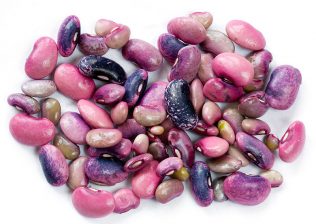
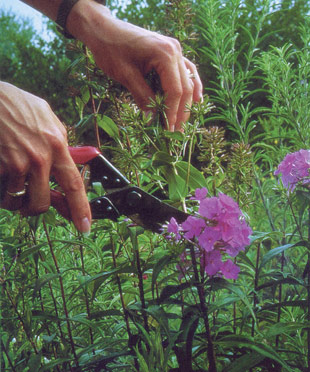
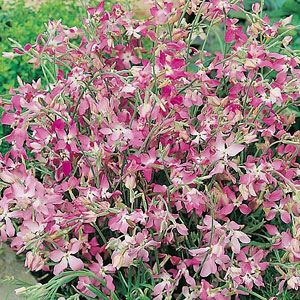
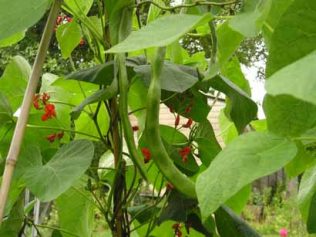
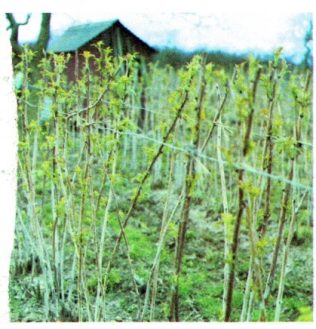
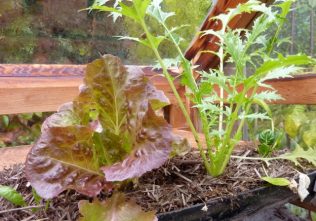
Weeding – try to hoe your beds once a week –if it’s dry then this is a pleasant job! Just hoe off the tops of the annual weeds and leave them to try on the surface. You can do this with one arm so you can have a cup of coffee while you are doing it!
Staking and deadheading – This really is worth doing as things will last so much longer, especially in the wind and rain. When you deadhead take your secateurs or snips and run them down to the next leaf joint – don’t leave a stump as this will encourage pests and diseases. This is a lovely job on a warm summer evening! If you have Brussels sprouts, Dahlias or anything else that will topple over in the wind be sure to stake them – first tie your twine to the cane or stake and then, using a figure of eight tie it to the plant.
Feeding – Feeding is really important, especially if you have plants in containers or that are going to fruit or flower. Potassium is the nutrient that is required for fruiting and flowering – so use Tomorite or Maxicrop (see last month’s bulletin).
In the night garden – If you enjoy visiting your allotment in the evening make sure you plant plenty of night plants – Nicotiana, honeysuckle, night scented stock, ris (sweet rocket) lilies are all worth planting as they also smell great.
Now is a good time to cut hedges – it keeps them neat and restricts their growth. The best equipment to use is a cordless hedge trimmer. The growth rate slows down in the autumn and so your hedges will stay looking neat until the following head. Always check before you begin for nesting birds.
Keep a look out for self-seeding plants – many perennials seed themselves freely around the allotment so keep any eye out – pot them up now and grow them on to move to other parts of the allotment. It is a good money saving mission!
You can sow another crop of runner beans now – there is just time for them to do their thing before the first frosts. It’s also possible to sow, spring cabbage (to harvest next spring), lettuces, parsley, peas, radishes, turnip, French beans, beetroot and carrots. I begin all these in a cold greenhouse or cold frame in modules to give them a good start.
If you have summer fruiting raspberries, (and there is often confusion on allotments, as they often get muddled with autumn fruiting ones), they should have just finished and now is the time to remove the fruited canes. Cut them down to the ground and then tie in this year’s new canes into the wire supports.
If you have strawberries they should have their old leaves cut off after harvesting has finished. Use a pair of shears for this job. You can compost any old leaves and straw, but don’t forget to remove any weeds at the same time.
Pinch out your first lot of runner beans once they reach the top of their support.
Protect potatoes from the blight by covering the soil with thick mulch such as straw or well rotted bark chippings.
Watch out for carrot fly. (See pests and diseases).
Try to pull out weeds before they go to seed.
Make arrangements for someone to look after your allotment when you go away on holiday. They can be rewarded with free fruit and vegetables – and don’t forget to tell them that runner beans need lots of water to encourage the flowers to set at this time of year.
If you have just got your allotment – enjoy it and spend time planning what you want to grow next year, look around you and see what works well with your neighbors plots.
Try to grow some salad crops – if the ground is not ready use some containers then at least you can have something to pick! You could also try and sow some coriander – buy it from one of the Indian supermarkets – it is much cheaper that way and if you sow it now it won’t go to seed as quickly as earlier in the year.
See if you can pick up some tomato plants at car boot fares, school fetes or from friends and plant them in a bed if you didn’t have the chance to sow some.
Start to think about irrigation and set up some water harvesting systems in preparation for next year.
Think about a shelter so that you can continue to work on the allotment in the winter time.





No Comments
Add a comment about this page